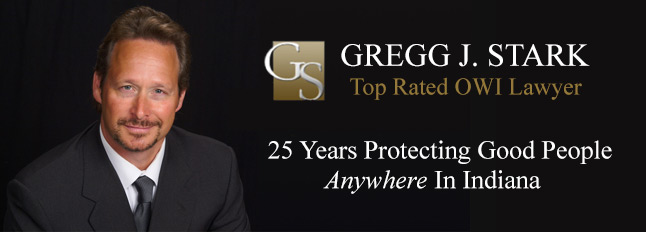With increasing frequency law enforcement services nationwide are embracing emerging forms of mobile technology with which to assist their professional efforts. With the advent of a new mobile device introduced for public consumption seemingly each successive month, many among the general public with a zeal for playing detective have actually been able to make their hobby into an often accepted practice of police investigation.
In decades past the “ham” radio operator or those devoted to such an interest were limited in their activities to eavsdropping on radio frequencies that could often enable the citizen hobbyist the ability to become a spectator to the ongoing action of a police investigation or chase as it unfolded. This proved to be a thrilling rush to many within the general public eager to gain an inside glimpse into the workings of crime fighting activity that had not previously been made available to those on the outside of a local police department.
However, over time, many of those who collectively share such interests inevitably yearn to participate in a more connected way with the efforts they are merely listening to. In today’s world of social media and cell phone technology, these former radio operators have now been given carte blanche to upgrade their efforts to the reporting of alleged criminal activity directly to the target of crime fighting efforts. In so doing, our roadways are now populated, some might say littered, with eager citizen informants on the lookout for ways to become part of the law enforcement process as opposed to the mere bystander of years gone by.
Whether in isolated county rural areas to the busiest urban thoroughfares, those with the ability to communicate on site now have been granted license to promote the investigation and potential interrogation of their fellow citizens; questioning based on their initiated phone calls or internet reports to their local law enforcement agencies or 911 dispatchers.
This development has been most noteworthy within the context of traffic stops, their precipitating investigations and potential seizure of motor vehicles. Law enforcement budgets continue to be strapped for revenues yet the demand for productivity as to arrests and roadway safety continue to rise. The same public policy makers in law enforcement who in years past were more inclined to brush off the overtures of the outside citizen looking to “play police officer” and gain entry into the exclusive workings of police procedure are now eager for the information of these non paid investigators who can help aid in the productivity of their respective departments.
On our roadways each day and night, calls and tips most often through cell phones directed to 911 dispatchers are now made reporting suspicious driving activity on the part of our fellow motorists. Whatever underlying motivation exists for these reports is not known or of much consequence to local roadway patrols as the urgency of the moment calls for the immediate responsiveness to such a report whether substantiated or a prank.
The troubling aspect to many concerned with the erosion of civil liberties are the citizen reports made to law enforcement that are neither substantiated nor a a prank. Rather, what to many may be the sizeable number of unquantified tips by those untrained in traffic laws or impairment detection who believe they are performing a civic function in erring on the side of caution in reporting one they have witnessed for a brief period of time driving in an inappropriate fashion. Never mind that the driver could have been reaching in his or her glove compartment, turning to stop a child from crying in the backseat of the vehicle or even reaching down to pick up his or her own cell phone device from the floor of the driver compartment, better to let police sort out the situation than to give a potential drunk driver the benefit of the doubt.
Unfortunately, there is at this time no readily available uniform statistics nationwide available with which to differentiate how many such citizen tipster reports translate into bonafide traffic arrests resulting in substantiated convictions. I would suspect that the numbers of false or inaccurate reports woud not only be considerable but also cause for concern among those operating motor vehicles and subject to becoming a target of a police stop at a moment’s notice.
While there are many roadway officers who take the time to initiate an independent investigation of the reported driver before an initiated stop, all too frequently the inexperienced and/or careless officer will simply take the guilty until proven innocent approach to stopping the reported motorist and allowing the facts to sort themselves out after a dui arrest has been made.
As these types of citizen initiated stops continue to rise in national traffic enforcement efforts, let us now take note and begin the process of studying the veracity of these type of initiated police investigations; investigations that carry little cost to police agencies but a broader harm to the erosions of our civil liberties with each successive unsubstantated interrogation.







